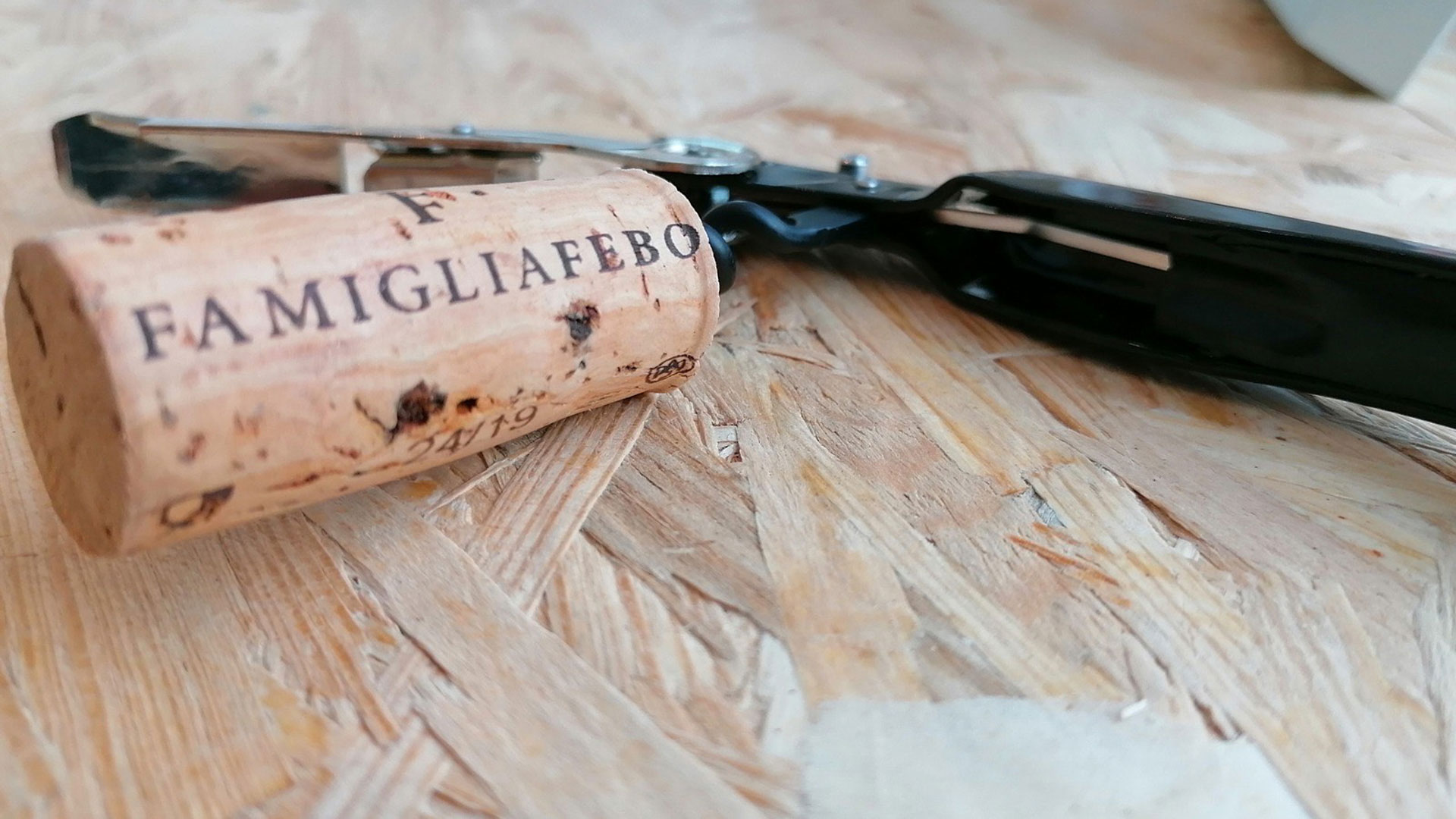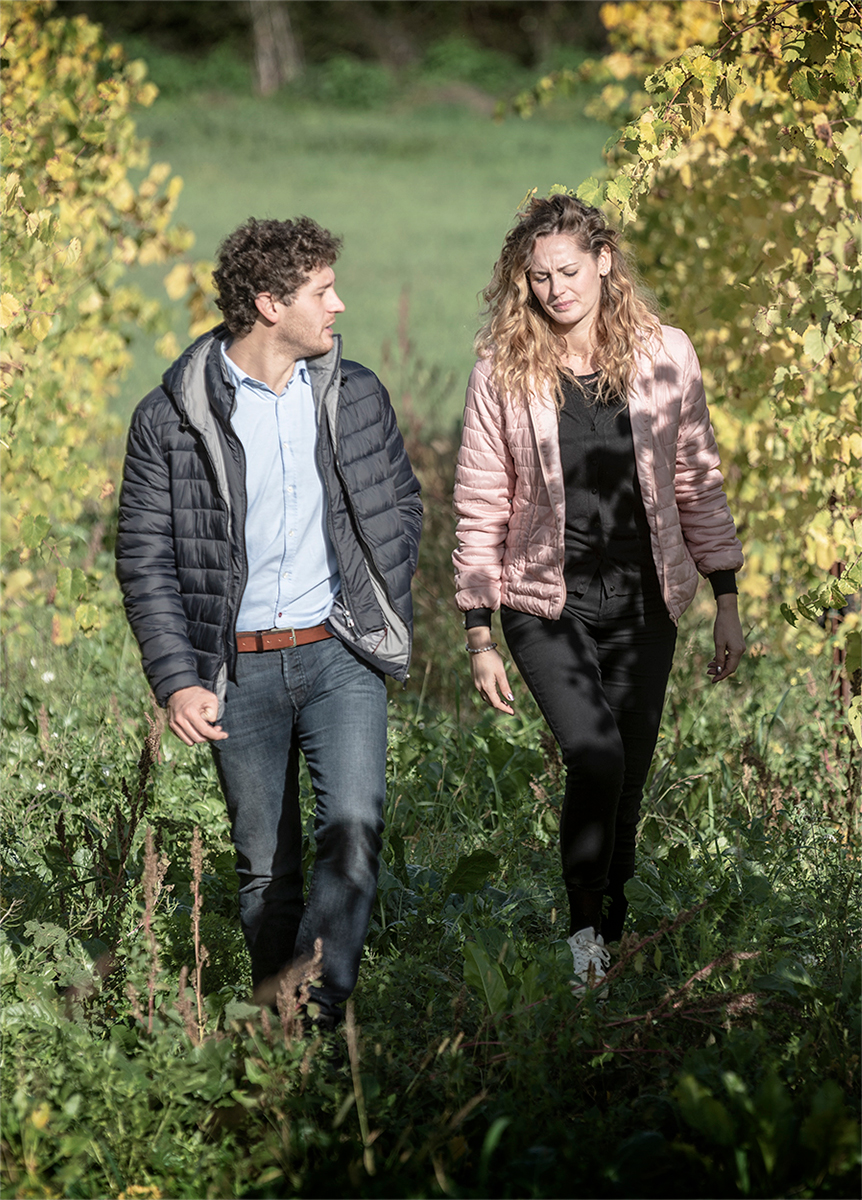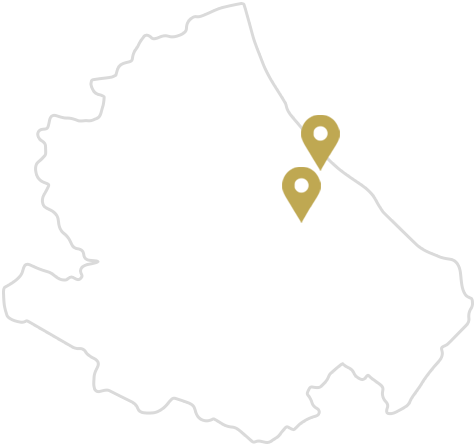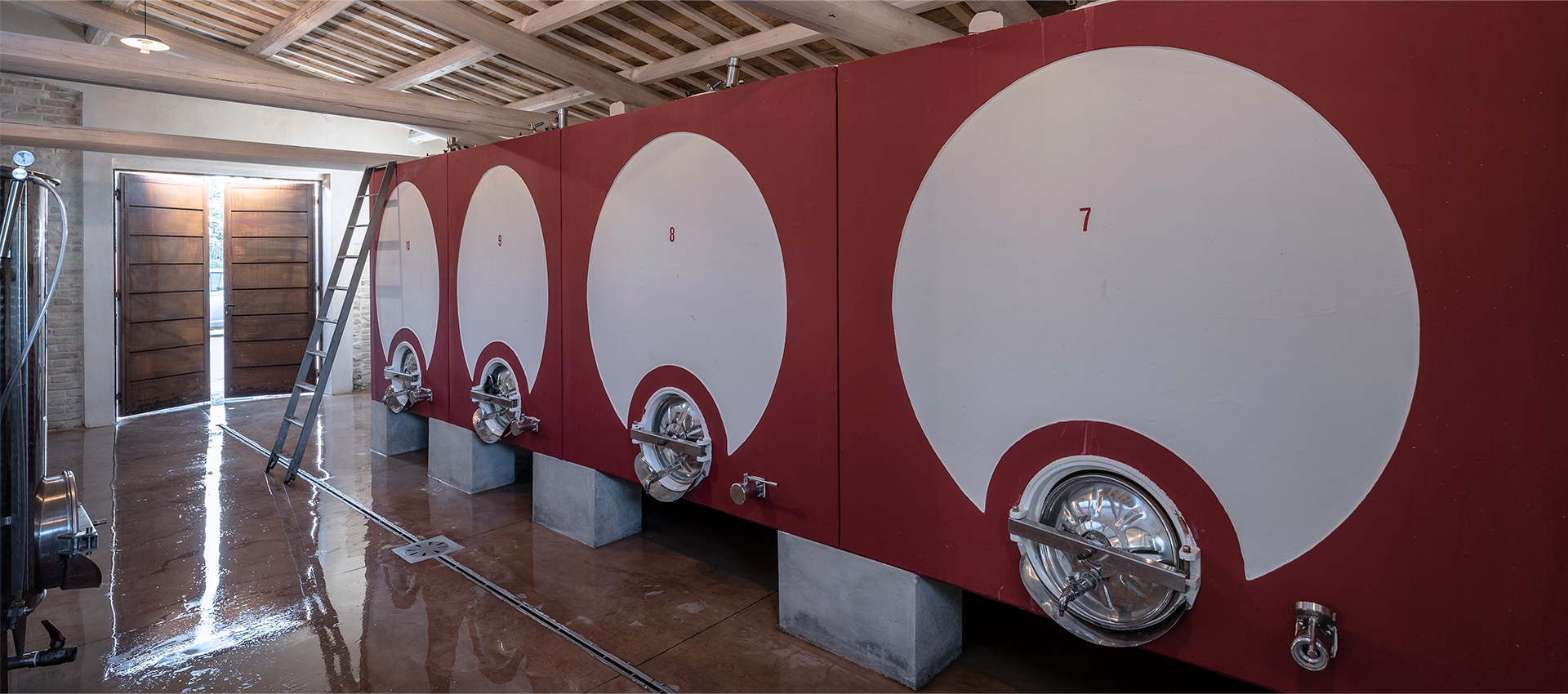Famiglia Febo, “Destiny into a Bottle of Wine”
Identity is like a lighthouse that illuminates the path of generations of lives and their stories.
Identity makes individuals unique and it contains some informations transmitted by familiarity. This is the parable of the rebirth of Famiglia Febo.
Davide and Laura Febo are the body and the soul of the family winery project which began over sixty years ago. Grandpa Febo was a farmer as his ancestors for generations; in the mid-‘60s he decided to change his business and he planted 2000 metres of vineyard with Montepulciano grapes. From ’64-65 he started vinification. Meanwhile the small winery was growing in a time when bottling was not an option and clients were only local. But the change was around the corner and the family started to sell bulk wines to the north of Italy. Granpa from Chieti was a cattleman and a milkman. There are still some photos which show him delivering milk door to door. Through the years he turned about three hectares of pasture lands into vineyards and the grape harvest was delivered to the wine cooperative.
Famiglia Febo was officially born in 2018, with the first bottling.
Davide has a background as lawyer, Laura is a translator and she has worked in the publishing business. They both made the conscious choice to come back home in order to restart the family business. It is a great and courageous story of passing of the torch from grandparents to grandchildern. It is the power of life that connects past, present and future from time immemorial.






